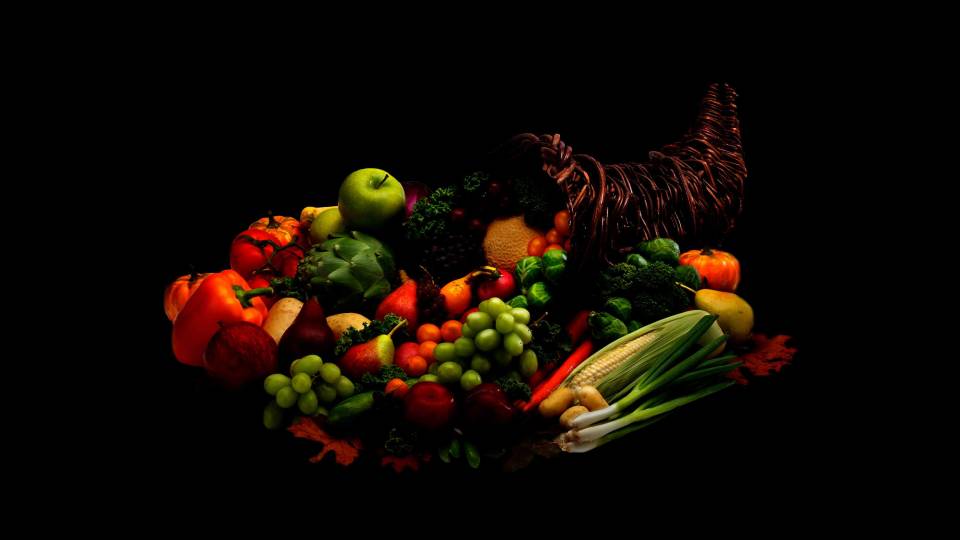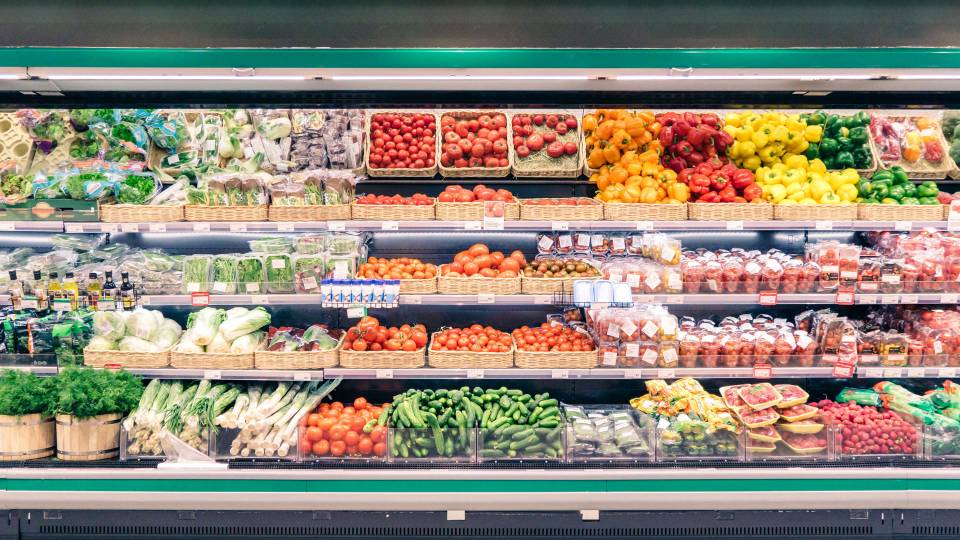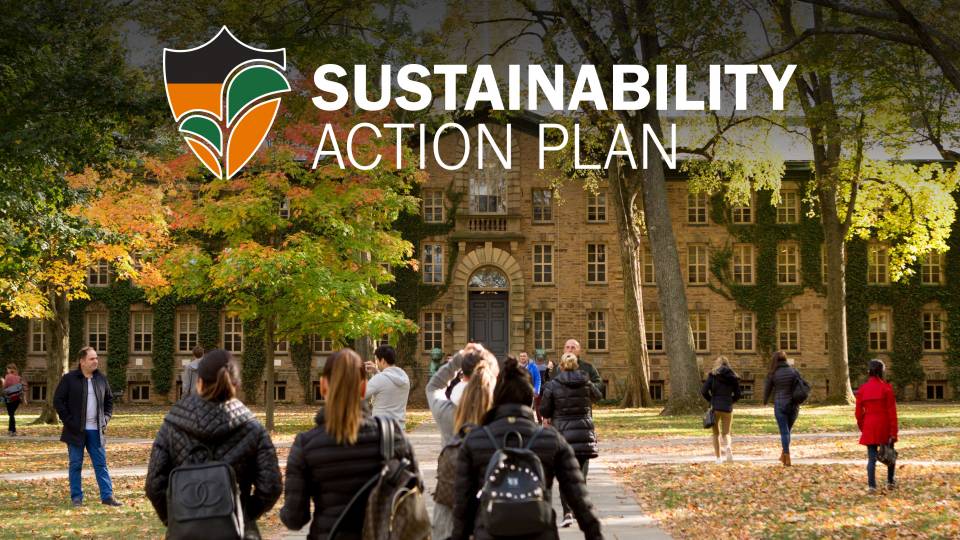"Creative Ecologies" is taught by Allison Carruth, the 2019 Anschutz Distinguished Fellow in American Studies and a visiting associate professor of American studies (back left). Students (from left) Abigail Baskind, Class of 2022; Raneem Mohamed, Class of 2021; and Bryan To, Class of 2022, ask McConaughy about how local farming contrasts with global practices.
Following is the transcript of "Creative Ecologies" student podcast.
[TURKEYS GOBBLING.]
ABIGAIL BASKIND: In 2004, Jon McConaughy left his job in finance to start Double Brook Farm in Hopewell, New Jersey.
JON McCONAUGHY: So we have 40 acres of vegetables. And then there is 60 acres here. And here we do the hatching, and we raise the turkeys. We have some pigs over here, and we have some sheep over here.
BASKIND: In addition to the farm, Jon owns a restaurant and a market, which all together serve a local community within a 10-mile radius in Hopewell Valley — including Princeton. Local food is broadly defined as a food product raised, processed and distributed all within one locally defined market. What constitutes "local" remains vague since there is no official national designation. We asked Professor Daniel Rubenstein, the Class of 1877 Professor of Zoology in Princeton's Department of Ecology and Evolutionary Biology, to give his definition of local food.
DANIEL RUBENSTEIN: In general, food systems come with very different scales. Mechanized, industrial food systems aggregate food from large ranches and large farms in the Midwest and distribute the food all over the world. What defines "local”? So, from a farmer's perspective, he is going to work on a small farm, generally less than 50 acres.
BASKIND: Conventional agriculture allows large quantities of food to be produced and distributed all over the world. But the process of getting from one source to your table has big energy input through transportation.
RUBENSTEIN: Buying local tends to present a sense that you don't have to drive as far to get the food, and the farmer doesn't have to go as far to sell the food.
BASKIND: Part of the impetus to eat locally is to reduce your food's carbon footprint by reducing "food miles." Food miles are more complicated than just how far your food has to travel from farm to plate, but also how it is transported and how it is produced. Although there are environmental benefits to local food systems, farmers face challenges by not being able to know how much food they should produce weekly. In large-scale conventional ag, the inability of farmers to not overharvest is much greater.
RUBENSTEIN: Even with today, that's very wasteful. And that's an environmental harm because unless the vegetable waste goes back into compost it really is totally lost and into landfill.
BASKIND: But in local food, farmers can better understand their market and their demand and operate within those parameters.
McCONAUGHY: So the size of a farm should be based on the carrying capacity of the land, which then dictates what the size of the community is that it can feed. The idea is not to grow it bigger; the idea is to have more of what we do in different communities.
BASKIND: Local food offers greater communication between farmer and market so the farmer can more easily not overproduce. There is also more transparency between farmer and customer, so local food systems could potentially make more efficient and less wasteful practices easier.
RUBENSTEIN: So, a dialogue can be created. And you can then be a discerning customer. If you don't like the way "X" farms, you'll take your business elsewhere. You, by voting with your feet and rewarding good practice and leaving bad practice, will change the nature of farming.
BASKIND: During our period of climate change and growing population, better farming practices could mean being able to feed everyone in a sustainable way. And at the core of that is community engagement — teaching customers about the issues and the solutions.
McCONAUGHY: This is not an ag problem, right? This is an environmental problem. And so the idea of transfer pricing or how you solve problems or how you take into consideration the weather has learning implications so much larger than the idea of agriculture.
[TURKEYS GOBBLING.]
BASKIND: In the face of environmental change, an educated and engaged community can be just as important as practice. Even with the carbon offset that results from eating locally falls short, the connections made through local food preserves a lot of what environmental change threatens: culture and tradition, the bonds we have with our neighbors, and trust between suppliers and consumers. This has been Abby, Bryan and Raneem for "Creative Ecologies." 'Bye, all.
[PIGS SNORTING.]






